Creative is claiming a first with their new Sound Blaster G8 – the first DAC to feature dual USB-C inputs and mixing. This means that you’ll be able to stream audio from two USB devices simultaneously and experience the same high-resolution 32-bit playback, and proprietary Xamp discrete headphone amplifier. The new Sound Blaster G8 retails for S$238.
Unboxing
In the box, you’ll find the following:
- Sound Blaster G8
- QSG/Warranty/Compliance Leaflet
- USB-C to C cable (1.5m) x2
Build quality and design
The Sound Blaster G8 has an overall clean and simple aesthetic but does exude some gamer look with its hexagonal edges. Having said that, the design is not too shouty. All you get are two knobs on the top coupled with three buttons and the ‘Sound Blaster’ logo. It has a nice matte black finish accompanied by a gunmetal grey sides. Sound Blaster G8 is angled upwards when placed on a surface so that the knob is easier to adjust.
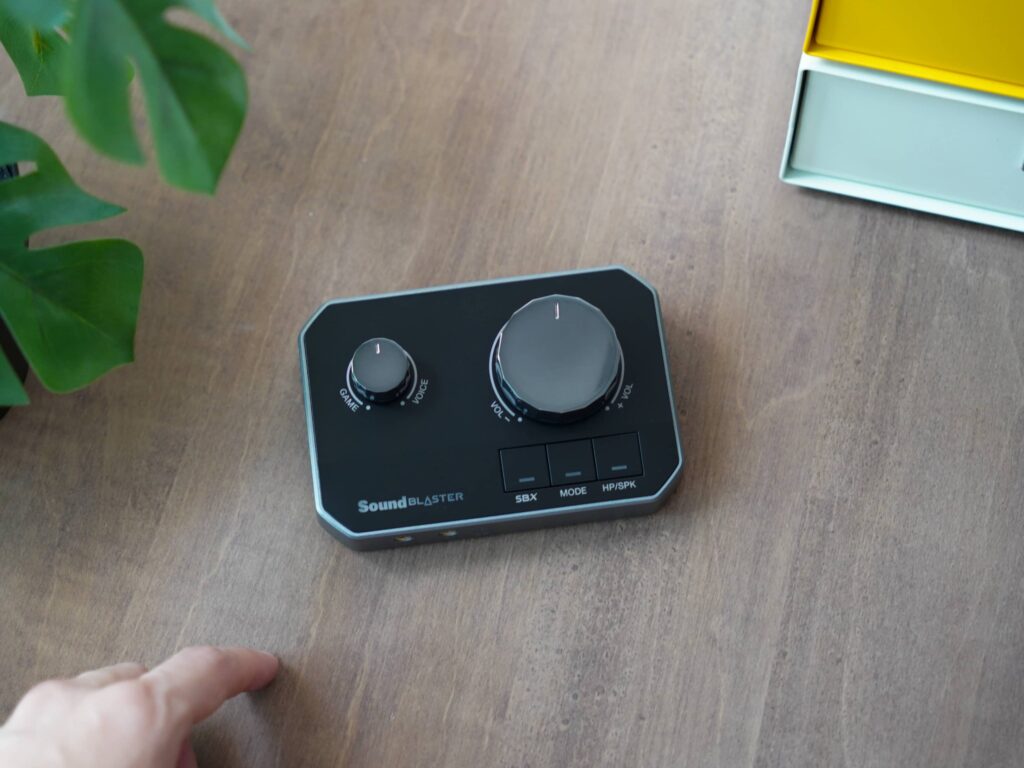
Though the Sound Blaster G8 is mainly built from plastic, the build quality is pretty good. There is a good amount of heft to the device and the long rubber feet keeps the DAC stable on any surface. The knobs rotate smoothly as well and buttons feel decently tactile. One small complain here is that the main volume knob is missing a center point like on the Game-Voice mix knob.
The Sound Blaster logo lights up with white backlight when powered on. While it is a good indicator, I wish there was an option in the app for the light to automatically turn off after some inactivity as it could be distracting for some.
Connectivity and usage
There are numerous ways to connect your devices to the Sound Blaster G8. Creative have listed 5 ways in the user manual:
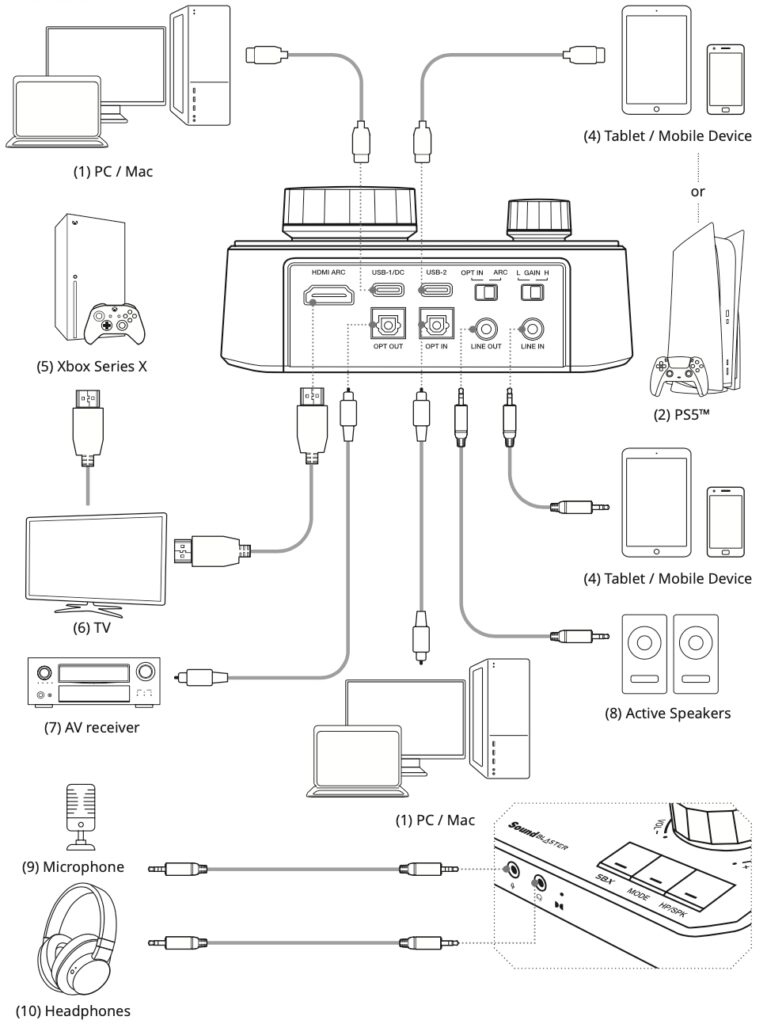
- PS5
- PS5 with mobile phone
- Xbox with mobile phone
- PC/Mac setup or Dual PC setup
- PC/Mac with mobile phone
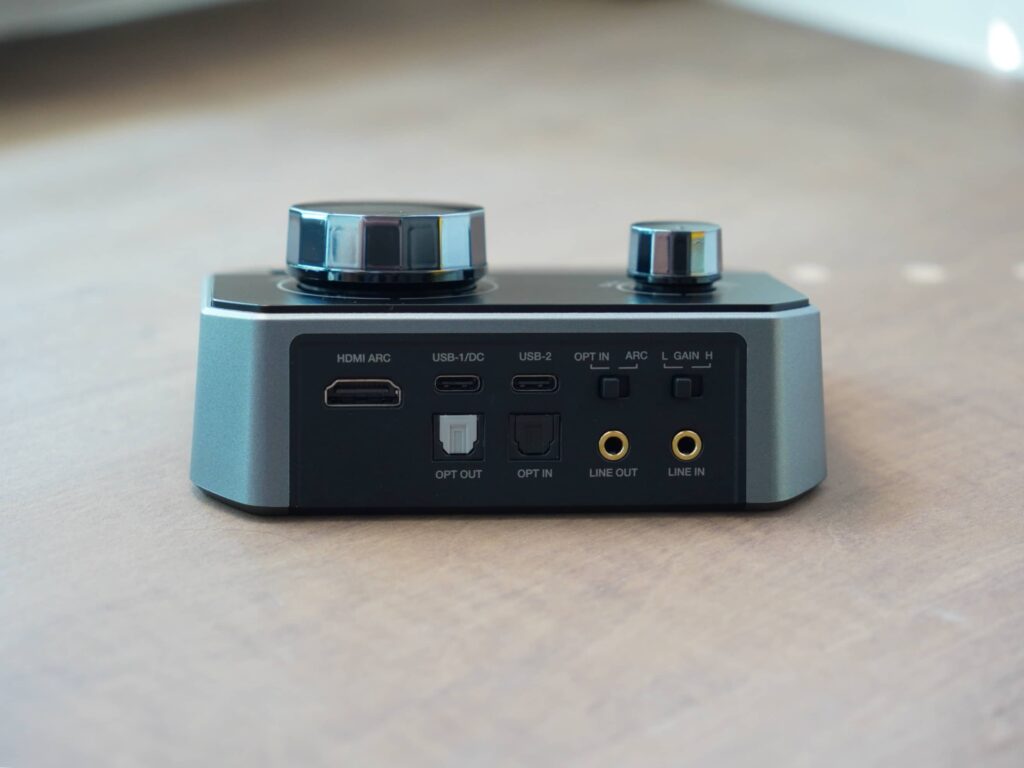
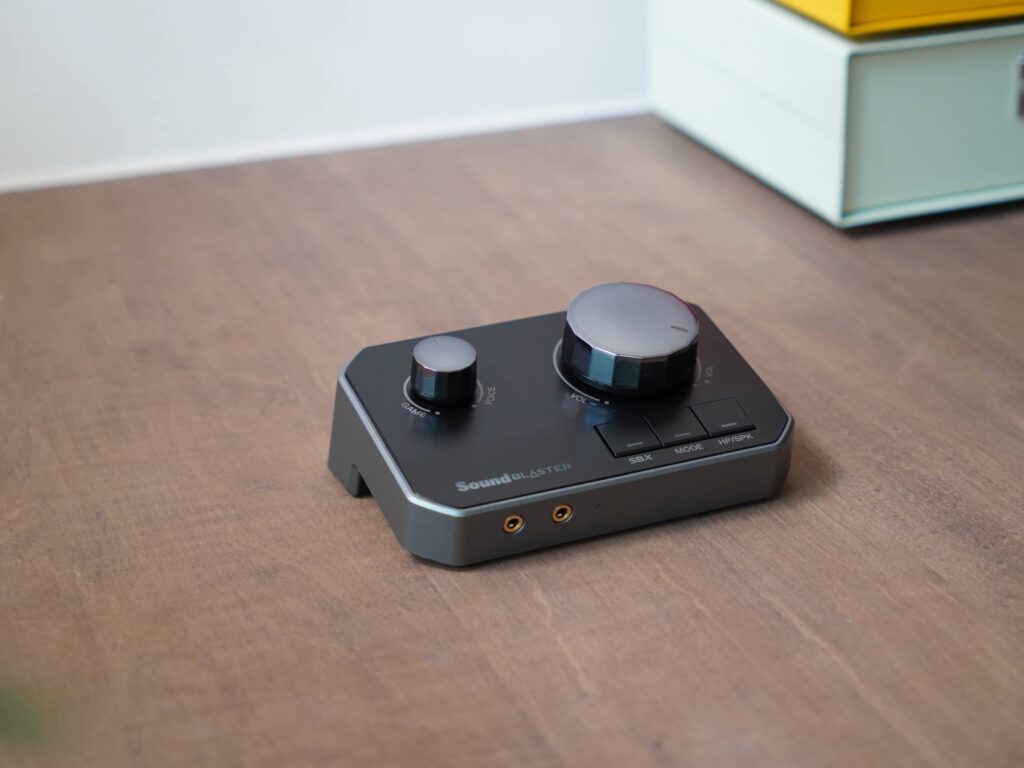
I’m going to preface my thoughts on the Sound Blaster G8 with the fact that that I don’t have either the PS5 or Xbox so I won’t be able to test the gaming consoles user experience. Thankfully, I so just happen to run a PC and Mac setup. In fact, one of a problem I faced was sharing the same speaker on both devices. Currently, I use the Audio-Technica AT-SP3X speakers on Bluetooth on my Mac and wired on my PC – but this also means I have to manually press the source button on the AT-SP3X every time I change device. With the Sound Blaster G8, I no longer need to do that. I connect my PC and Mac via USB-C to the Sound Blaster G8 and now I can seamlessly stream audio from both devices simultaneously.
How it works
There are two USB-C ports on the Sound Blaster G8. USB-1 provides power to the G8 and is also the “Game” channel, while USB-2 is the “Voice” channel. By adjusting the Game-Voice knob, you will be able to control the balance of the audio levels of each channel.
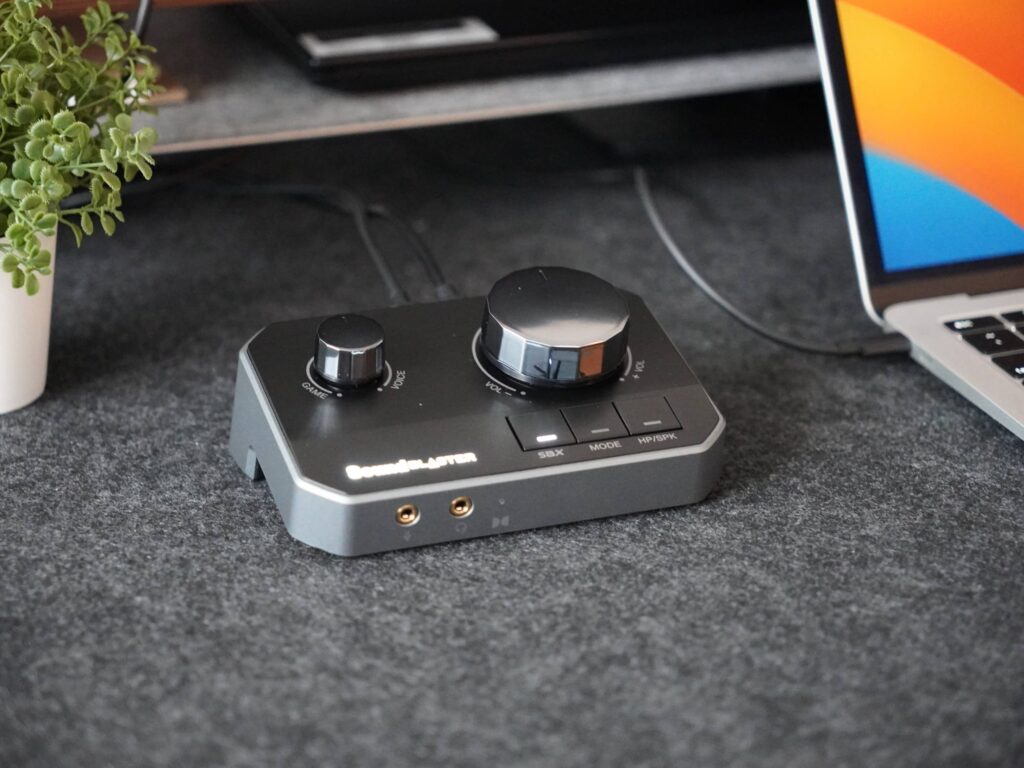
Audio will be played out by the audio output source of your choice. You can choose from 3.5mm line out to speakers, optical or 3.5mm headphone out. In my case, the audio output is to my Audio-Technica AT-SP3X speakers. It is also worth noting that the Sound Blaster G8 comes with HDMI ARC in, which is not common but a good connection to have especially for TV based gaming. There is a switch that you have to select between Optical-In or HDMI ARC-in, so you can only choose one.
From my PC/Mac setup, the position of the volume knob will determine the maximum volume you get on the device connected via USB-2. This can be a slight problem if the maximum volume on USB-2 is soft while the set volume on USB-1 is very loud. While using the Sound Blaster G8 with macOS, there are few occasions where my speakers will make a popping sound when I go into video based websites like YouTube for example. I’m already on the latest firmware but there might be bug fixes going forward to fix this.
SBX / MODE / HP/SPK buttons
The three buttons on the Sound Blaster G8 allow you apply sound effects to your audio output. “SBX” cycles through Scout Mode (mainly used for gaming), the audio effects you have setup on the Creative App, and one where all effects are turned off. The “MODE” button enables Direct Mode which bypasses any on-board DSP giving you sound that is direct from the signal source. “HP/SPK” will switch the audio playback between headphone out and speaker out.
Creative App software
You can fine tune settings and play with the many sound effects (through EQ, Acoustic Engine) on the Sound Blaster G8.
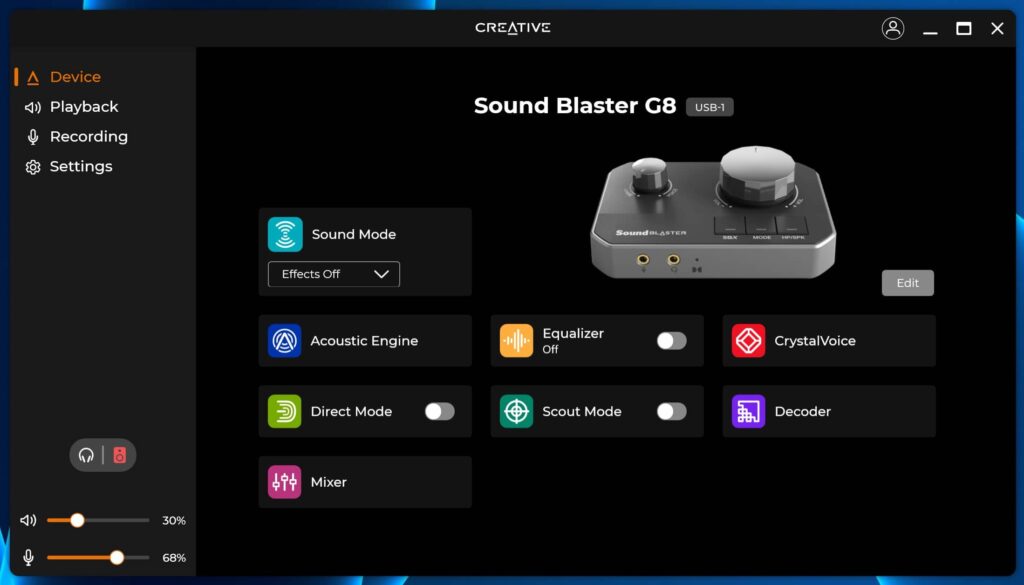
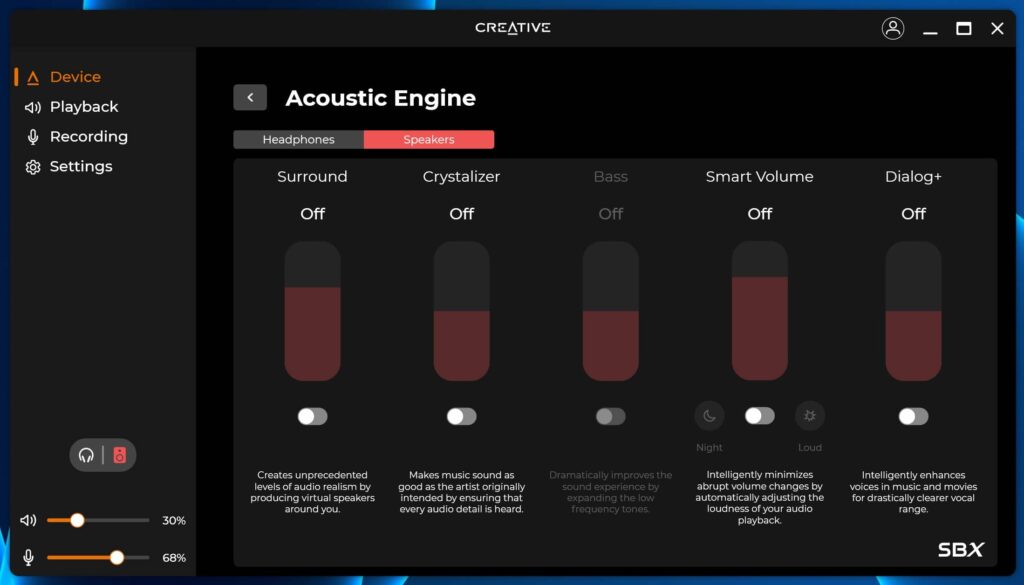
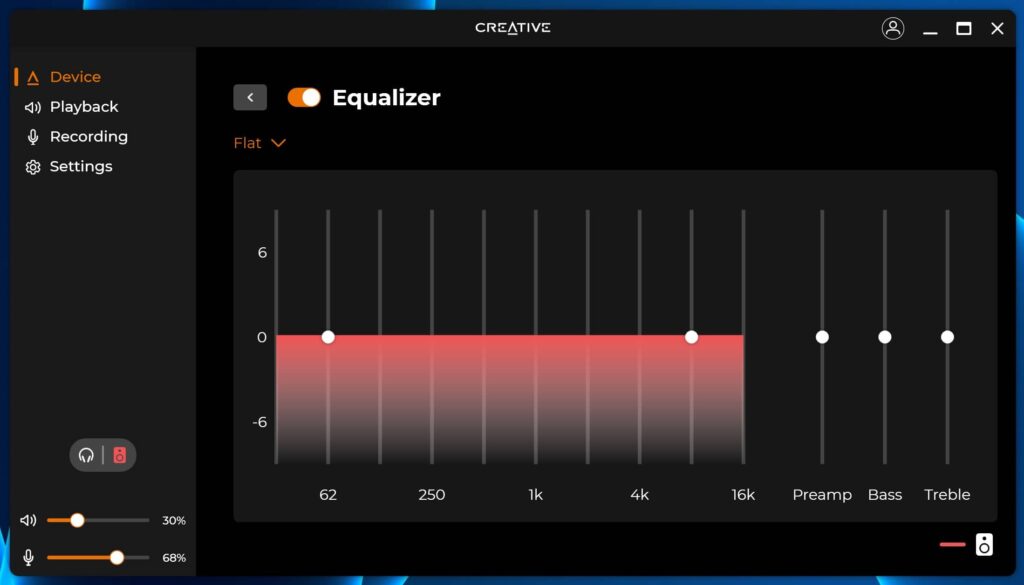
Acoustic Engine offers nifty settings that you can turn on and adjust the intensity to get quick adjustments. Dialog+ is quite good at bringing out vocals especially in videos where there are a lot of background noise going on.
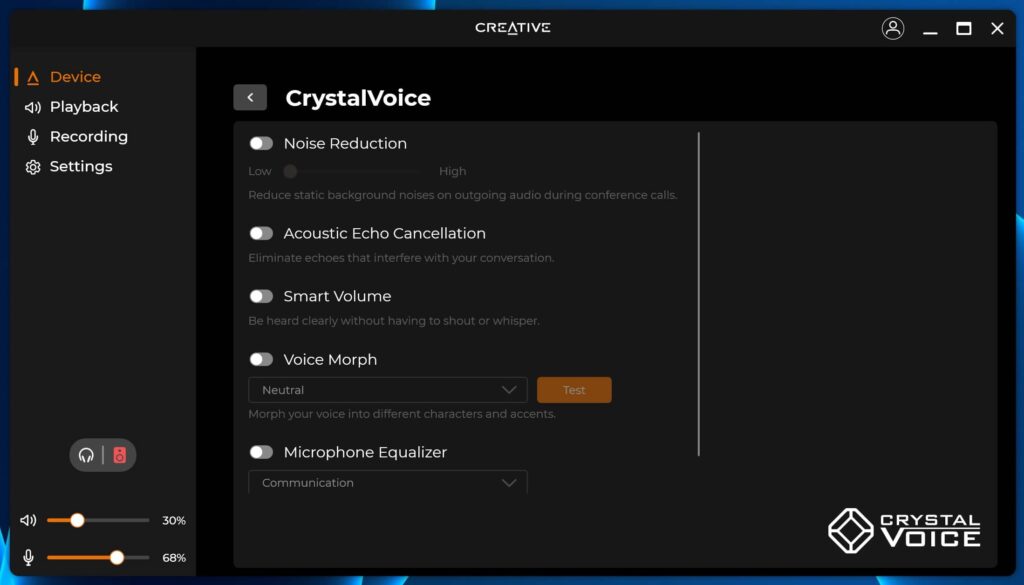
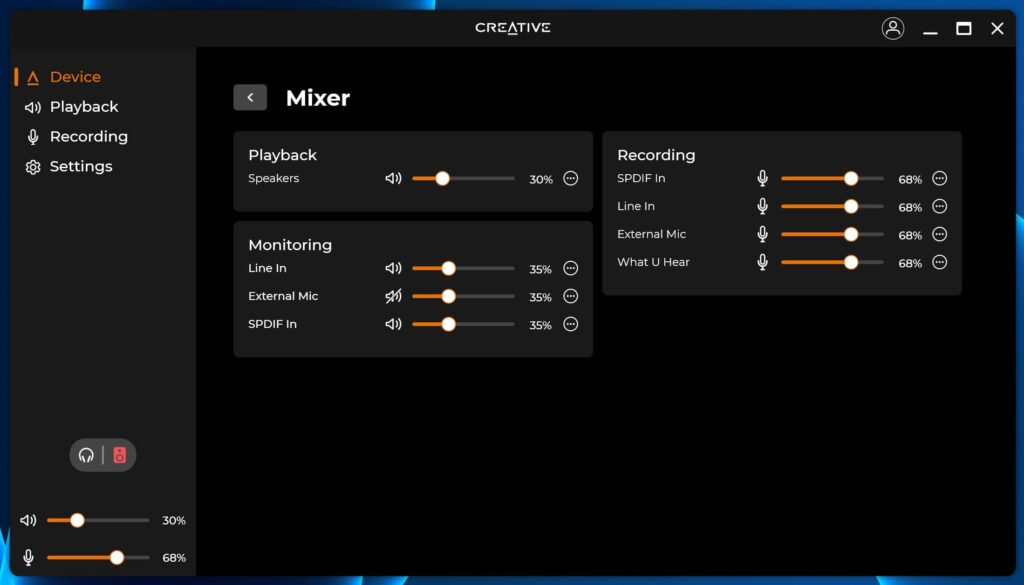
CrystalVoice is a pretty useful tool for improving your call quality especially if your environment is not ideal (eg. have kids playing in the background, or the TV is playing). The microphone equalizer in CrystalVoice allows you to tune your mic output with different presets. But speaking of microphone, there is no microphone knob on the Sound Blaster G8 so you’d have to control mute or volume from your headset. Apart from audio effects, Mixer gives you control over the levels and quality of your inputs and outputs. It is really where you can tinker and fine tune the device to how you’d optimally use it.
Conclusion
For my very basic use case with the “PC/Mac” setup, the Sound Blaster G8 works well as an all-in-one hub where I can get consistently tuned audio output be it playing audio from either my PC or Mac. Creative has marketed this as a gaming DAC but has left out Super X-Fi which is a bit of a head scratcher. Without testing its the gaming experience with consoles, the Sound Blaster G8 still shines as multimedia powerhouse as caters to the wide variety of use cases whether it is listening to music, watching movies, streaming, or even for work.
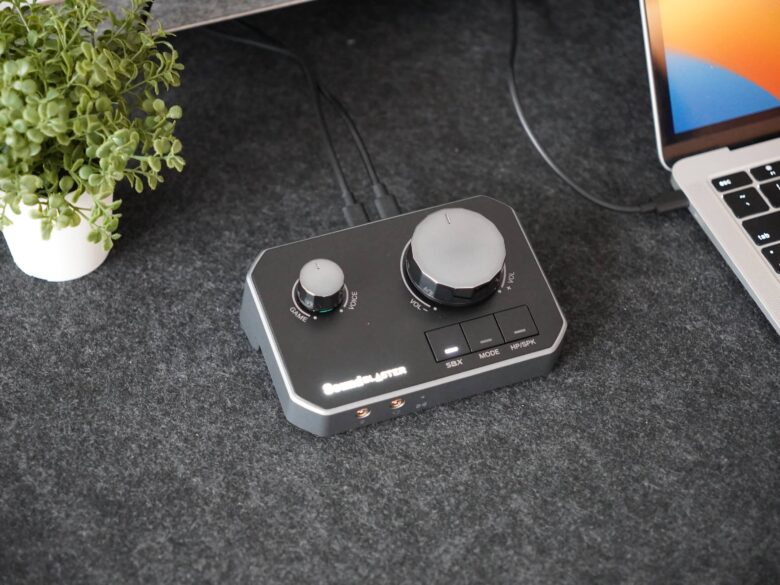

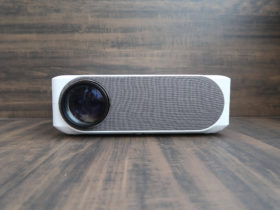

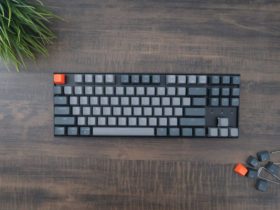
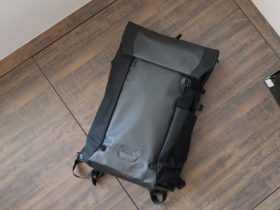
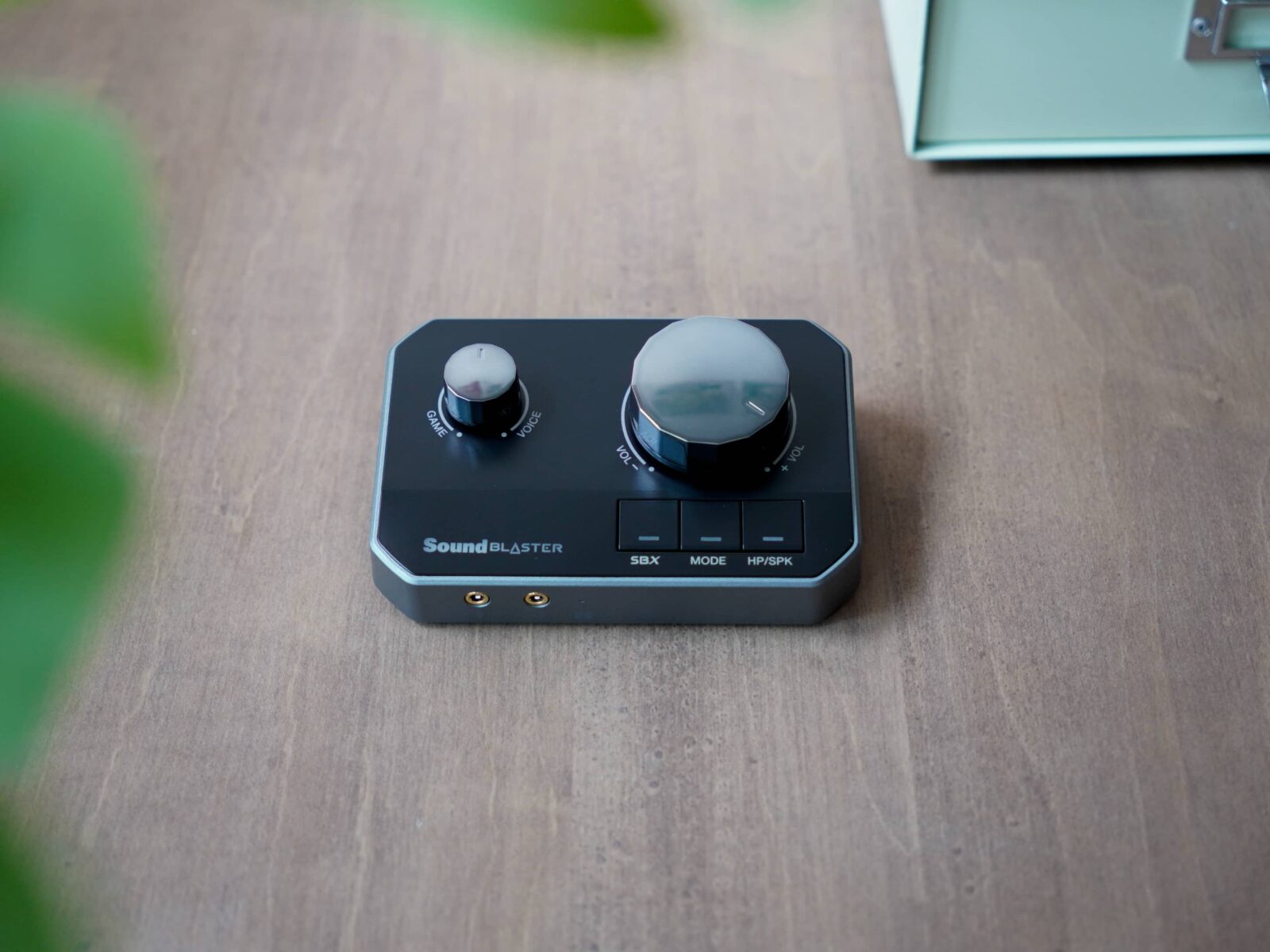








Leave a Reply